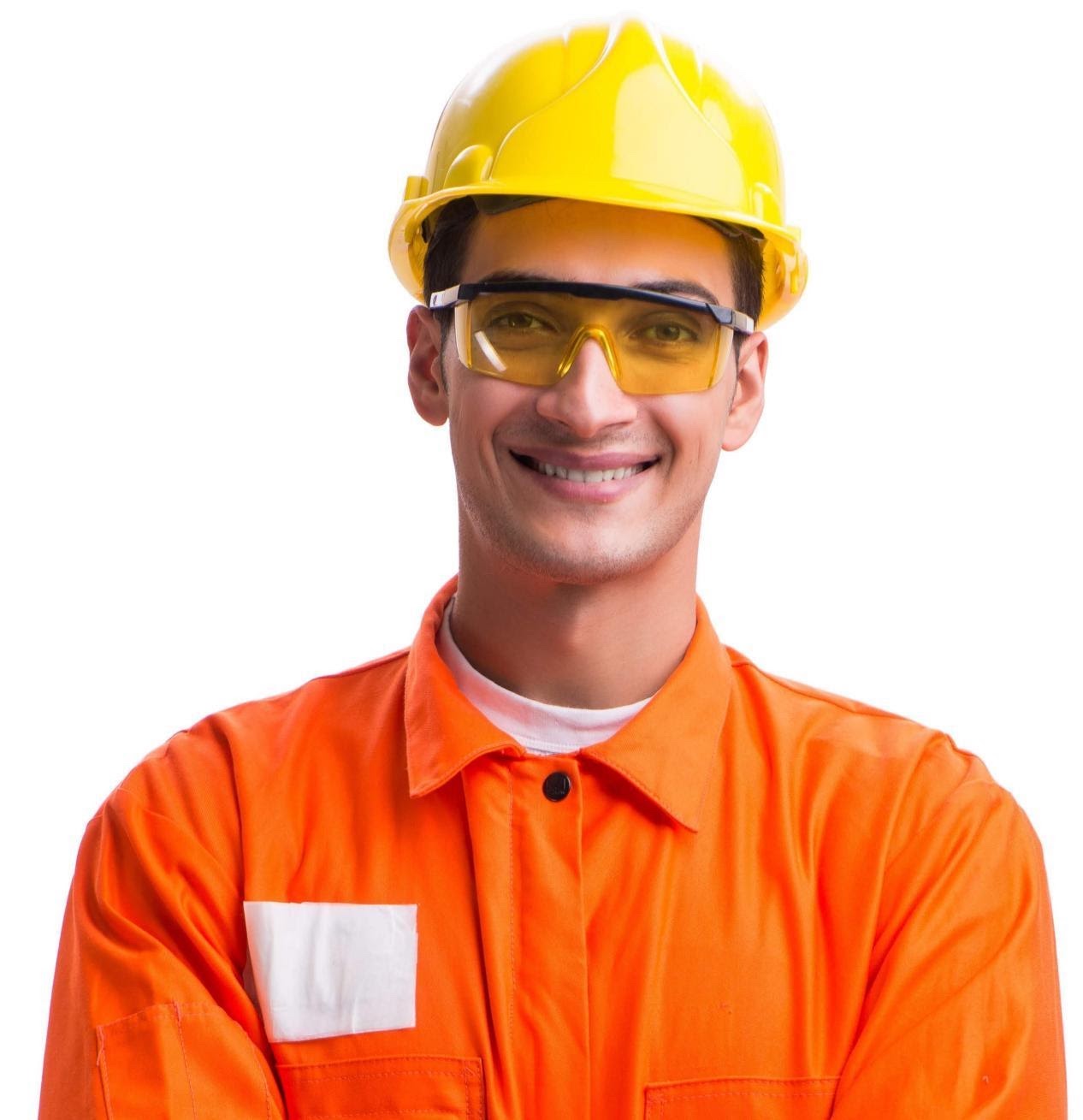
Significance of Safety Glasses And Its Materials
While you work or play around situations that pose a risk to your eyes, safety glasses are your best bet. Safety glasses are specially designed to conform to a higher standard or impact resistance, which regular glasses do not meet.
Most safety glasses are made from a lightweight but durable material like polycarbonate. Despite having a different material, these frames can have prescription lenses or non-prescription lenses, just like regular glasses. Prescription safety glasses are ideal for those who usually wear eyeglasses or contact lenses since they offer the same clear and crisp vision and added safety to your eyes.
People often think that since their regular glasses are durable and big enough to cover their eyes, they can protect their eyes. But that’s a misconception. Regular eyeglasses do not offer the same level of protection like safety glasses regardless of their size or durability. Safety glasses are a must worn item at all times in risk environments, whether that’s at work, at play, or home.

Safety glasses at work
Employees working in an environment that poses any sort of risk for the eyes should wear safety glasses. Some professionals that wear safety glasses regularly on the job include:
- Laborers
- Carpenters
- Machinists
- Plumbers
Safety glasses at home
You might think it is always safe at home, but your eyes still need added protection in some situations. Some home improvement projects and yard work pose a risk to your eyes and may lead to severe eye injuries. Whether it be cutting a wood log or drilling walls for hanging a picture, your eyes need to be well protected with a pair of safety glasses, even if you wear eyeglasses usually. Go for prescription safety glasses for vision correction.
Safety glasses are bound to meet specific safety standards defined by the Occupational Safety and Health Administration (OSHA) and the American National Standards Institute (ANSI).
The ANSI Z87.1 standard applies to eye safety, and OSHA has adopted safety eyewear standards established by ANSI, which includes several types of eye protection devices like eyeglasses, goggles, face shields, welding helmets, and full-face respirators.
All safety eyewear must, besides meeting ANSI standards, at a minimum, do the following:
- Be comfortable to wear for increased chances of being worn consistently.
- To fit appropriately and adequately protect form hazards.
The styles and colors of the frame may be available in variety as well as lens shades and coatings. However, safety glasses and frame material do not vary as much.

Lens Material
Safety lenses generally come in one of four different materials. All these materials are tested and therefore meet or exceed requirements for protecting eyes for at least some applications. Each of these lenses has distinct features to consider for particular situations.
Glass lenses:
Glass lenses are not easily scratched but can be bulky and uncomfortable; they also tend to fog. Glass lenses are most prone to shattering and are not safe to wear to places where the impact is even a slight possibility.
Polycarbonate lenses:
Polycarbonate lenses are not as scratch resistant as glass, but they are lighter in weight and have better fog resistance. These lenses are more durable than glass or plastic, so they are more impact resistant and prove to be most suitable for heavy-duty work environments.
Plutonite:
Plutonite is a proprietary material that is basically a purified carbonate. This material made by Oakley provides superior clarity.
NXT/Trivex
Trivex has many benefits of polycarbonate but provides better optical clarity, scratch resistance, and photochromic performance.
As discussed before, the most commonly used lens material for safety glasses is polycarbonate; however, Trivex lenses are becoming more increasingly popular. Both these materials are up to 10 times more impact-resistant than glass lenses and offer 100% protection from UV light.

Frame Material
Frame materials are made of different materials that are shatter-resistant, depending on the application. Some safety frames even include side shields. Safety glasses frame must be sturdy and more durable than frames used for regular eyewear, and at the same time, they must be lightweight and comfortable for daily use. For instance, sports eyewear are made from nylon frames as they are lightweight and flexible.
Eyewear Testing
Prescription Safety Glasses or regular safety glasses for that matter undergo intensive testing to be ANSI Z87.1 rated to ensure that they will protect eyes as expected. These tests include
- Exposure to chemicals and non-ionizing radiation
- Basic and high-impact for frames and lenses
- Durability to corrosion and flammables
Always keep in mind, there is no safety eyewear optimal for every possible situation, yet ANSI Z87.1 safety glasses are your best investment at hand.
In Summary
Regardless of the material of safety glasses, one should always take the specifications on safety glasses into account to better determine its level of protection.
Find the ANSI rated prescription safety glasses at our store. We are your online source for high-quality and affordable safety eyewear. Browse from our collection of safety glasses today!



